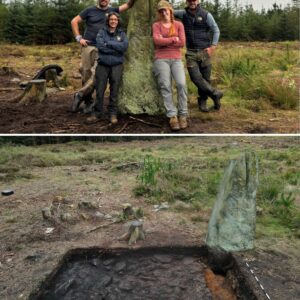Tucked beneath the waters of Landfjärden, Sweden, lies a remarkable maritime discovery that is reshaping our understanding of shipbuilding history. Wreck 5, the oldest carvel-built ship found in the Nordic region, offers a fascinating glimpse into the technological advancements of the 15th century. This well-preserved vessel bridges the gap between the traditional Viking-era clinker ships and the sturdier carvel-built designs that would come to dominate European waters. As maritime archaeologists delve into its secrets, Wreck 5 is revealing untold stories of medieval innovation, military strategy, and the cultural exchanges that shaped the Baltic region.
The Discovery of Wreck 5: Location and Excavation
Wreck 5 was discovered off Sweden’s Södertörn coast in Landfjärden, located south of Stockholm. The discovery was made by maritime archaeologists from Vrak Museum in the course of their ongoing research. The wreck itself, measuring around 30 meters long and 7 meters wide, is surprisingly well-preserved, with its sternpost and rudder still standing upright.
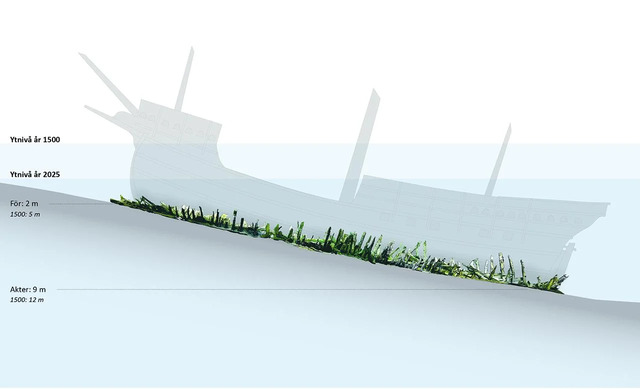
Initial excavations revealed that this shipwreck dates to the late 15th century, possibly as early as the 1460s. The discovery of this ship is a game-changer for the study of Nordic maritime history. It was initially believed to be a relic of an earlier Viking ship, but upon closer inspection and analysis, it became evident that Wreck 5 represented an important shift in the way ships were built during this transitional period.
Video
Watch Scientists Realize ‘Viking’ Shipwreck is Something Else Entirely to discover the surprising truth behind this ancient shipwreck. An intriguing revelation you won’t want to miss!
Carvel-Built vs. Clinker-Built Ships: A Key Evolution in Shipbuilding
To fully appreciate the significance of Wreck 5, it’s essential to understand the difference between two major shipbuilding techniques: carvel and clinker. The clinker-built style, which was dominant during the Viking Age, used overlapping planks to create the hull. This method was effective but not as strong as the later carvel technique.
Carvel construction, which was influenced by Mediterranean shipbuilding practices, involved placing planks edge to edge, creating a smoother and stronger hull. This method allowed ships to be larger, more stable, and better suited to withstand the pressures of naval combat. The transition from clinker-built ships to carvel-built vessels marked a crucial technological leap, and Wreck 5 stands as one of the best-preserved examples of this transition.
Wreck 5: The Oldest Carvel-Built Ship in the Baltic Region
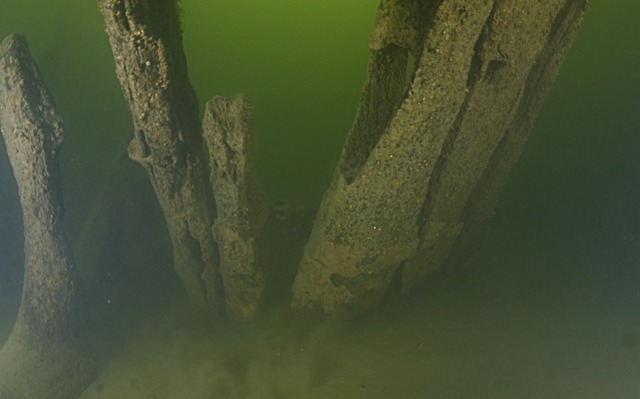
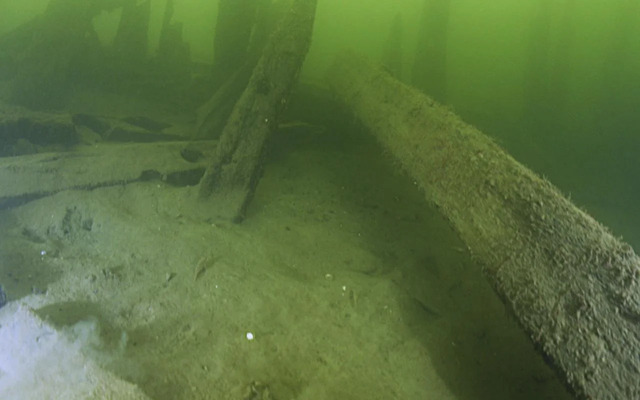
Wreck 5 is not only the oldest carvel-built ship found in the Nordic region, but it also holds the distinction of being the oldest carvel-built ship in the Baltic region. Its discovery provides a unique opportunity to study the first generation of carvel ships used in northern Europe.
The ship’s structure remains largely intact, with the sternpost and rudder still standing in place, which makes it one of the most remarkable finds in the field of maritime archaeology. The fact that this shipwreck has remained preserved for centuries, with the oak hull largely intact, adds further to its significance. Unlike earlier Viking-era ships, which were clinker-built, Wreck 5 was a product of a much later era that required stronger, more robust shipbuilding methods to meet the demands of naval warfare and long-distance trade.
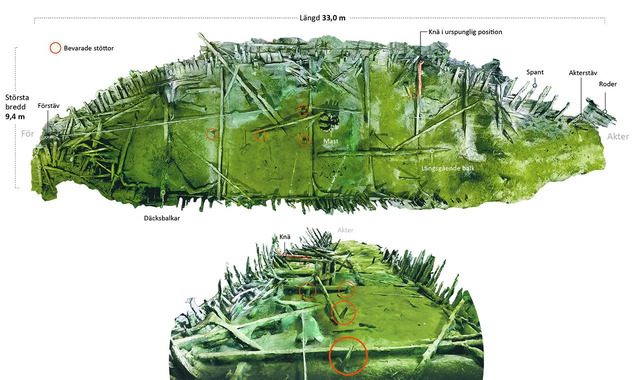
Historical Context: The 15th Century Shipbuilding Landscape
The 15th century was a period of immense change and upheaval, both in terms of technology and political landscapes. The carvel technique emerged during a time when gunpowder and cannons were starting to play a larger role in naval warfare. Ships built with the carvel method could better withstand cannon fire and offered more room for the placement of artillery.
This was crucial as naval battles became more complex and deadly during this time. For Sweden, the 15th century also represented a period of intense internal strife and external conflicts, particularly in the context of the growing power struggles between regional monarchies in Europe. These factors contributed to the need for stronger and more durable ships, thus leading to the adoption of the carvel construction method in Sweden and other northern European nations.
Dendrochronology: Unlocking the Age of the Ship
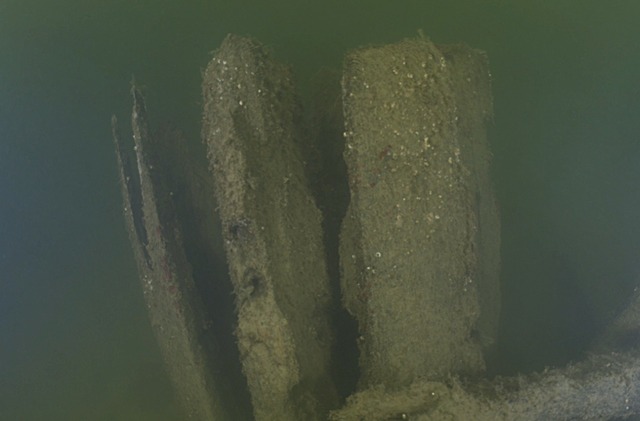
One of the most critical aspects of determining the age and origin of Wreck 5 came from the dendrochronological analysis carried out by experts from Lund University. Dendrochronology, or tree-ring dating, allowed archaeologists to pinpoint the exact year the timber used to build Wreck 5 was felled, which in turn confirmed its construction in the 1480s or possibly even the 1460s. This is significant because it places the ship firmly in the late 15th century, a time when Sweden’s maritime industry was undergoing a shift from traditional clinker-built vessels to the more robust and durable carvel ships. This analysis provides a clear timeline for the development of shipbuilding techniques in the region and highlights the critical role played by the Mediterranean influences in shaping Northern European ship design.
Wreck 5 and the Connection to Medieval Maritime Warfare
The carvel technique was particularly suited to the needs of 15th-century naval warfare. As cannons became more prevalent on ships during this period, stronger and more durable hulls were necessary to withstand enemy fire. Wreck 5’s design reflects the military needs of the time. Its sturdy construction would have made it more capable of withstanding cannon fire compared to earlier clinker-built ships, which were more vulnerable to the force of modern artillery.

The introduction of carvel ships revolutionized naval warfare and allowed for longer, more durable vessels that could carry heavier weapons and larger crews. This shift in shipbuilding was not just a response to changing warfare tactics, but also to the increasing complexity of trade routes and the demands of exploration and expansion.
The Influence of Continental Europe on Swedish Shipbuilding
Sweden’s transition to carvel shipbuilding was not an isolated development. It was part of a broader trend seen across northern Europe, influenced by Mediterranean shipbuilding techniques. The introduction of the carvel technique to the Baltic region was likely facilitated by the growing influence of continental European craftsmanship. Historical records show that Swedish shipbuilders in the late 15th century were heavily influenced by the shipbuilding techniques used in Mediterranean countries. This exchange of knowledge helped shape the development of Swedish naval power and laid the foundation for Sweden’s emergence as a dominant maritime force in the Baltic Sea.
Conclusion: Wreck 5 as a Bridge Between Medieval and Modern Shipbuilding
Wreck 5 serves as a fascinating bridge between medieval and modern shipbuilding. Its discovery provides valuable insight into the development of maritime technology during a period of great transition in European history. The ship’s design and construction offer clues about the ways in which northern Europe adapted to new technological challenges posed by the rise of artillery in naval warfare.
As archaeologists continue to study Wreck 5, it is clear that this find will contribute significantly to our understanding of 15th-century shipbuilding and its role in the development of European maritime history. The ongoing excavation of Wreck 5 will no doubt continue to shed light on this important period, offering new perspectives on the evolution of shipbuilding techniques and the strategic importance of naval power in medieval Europe.


